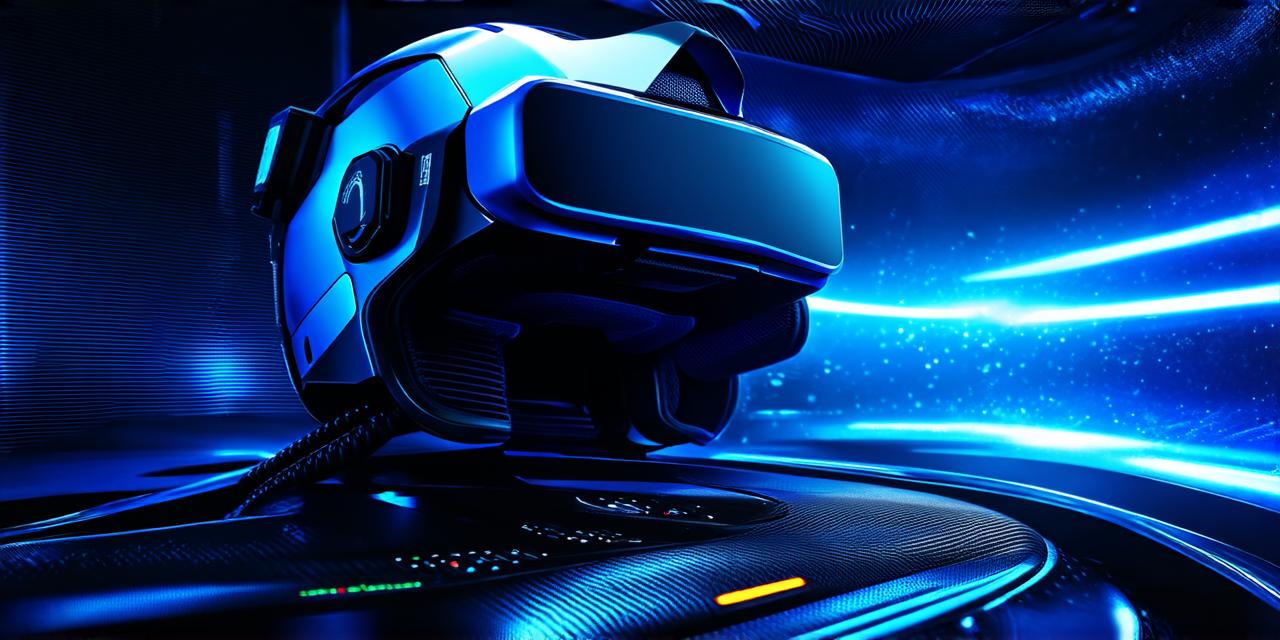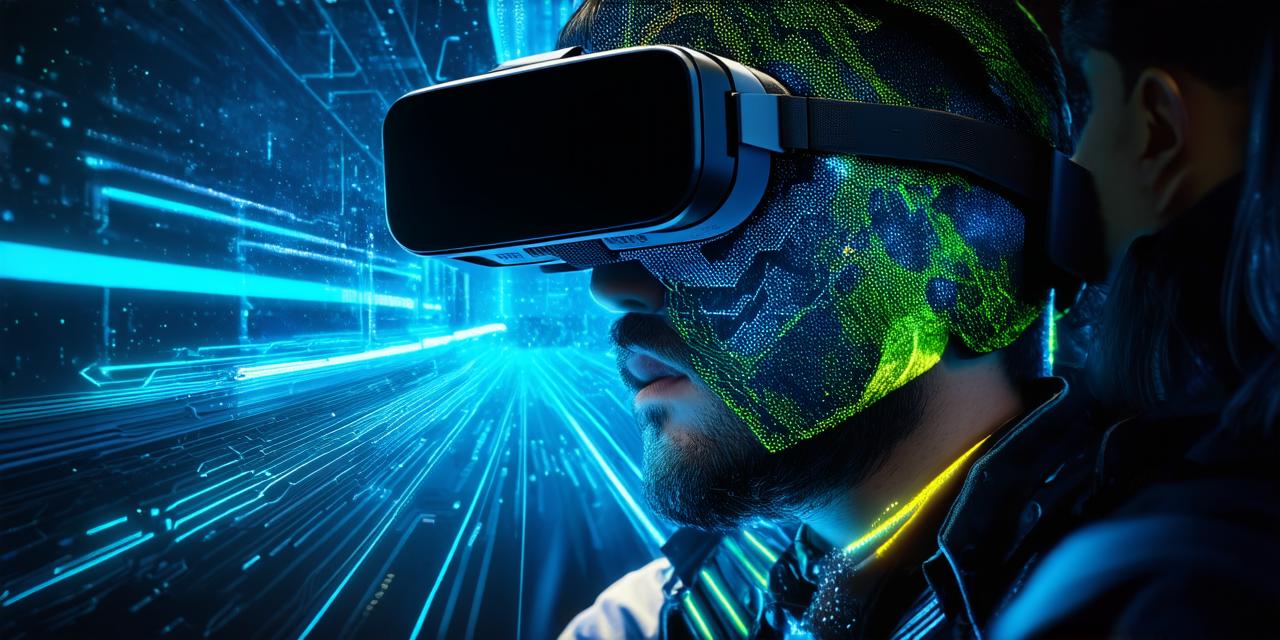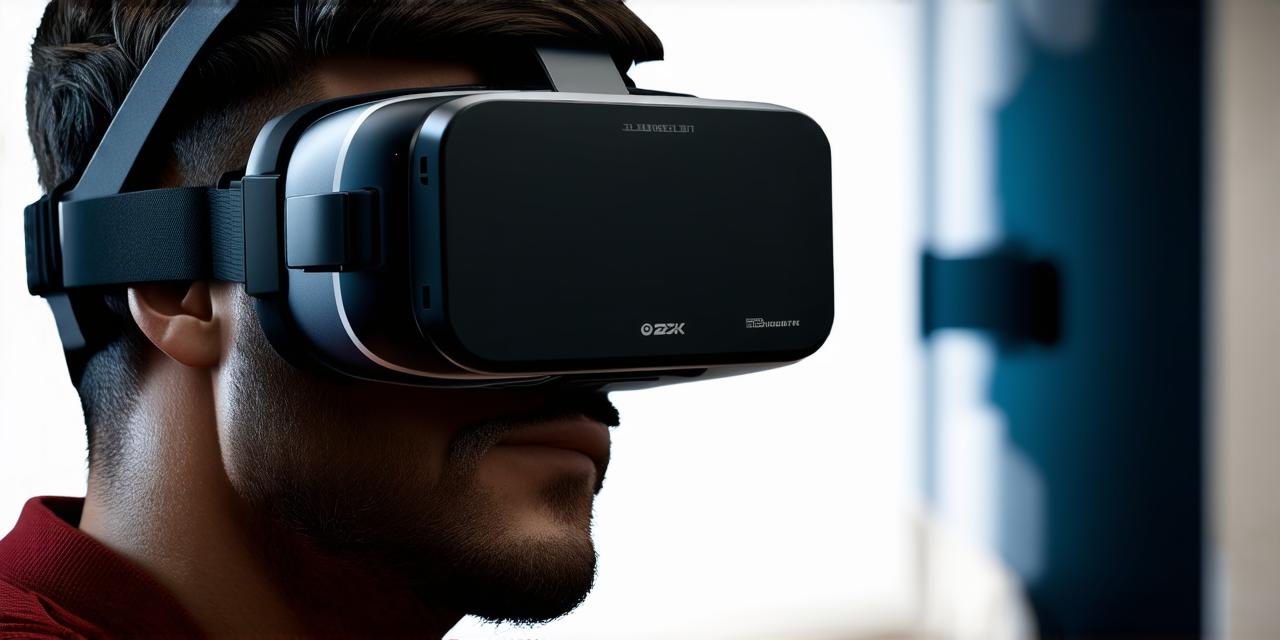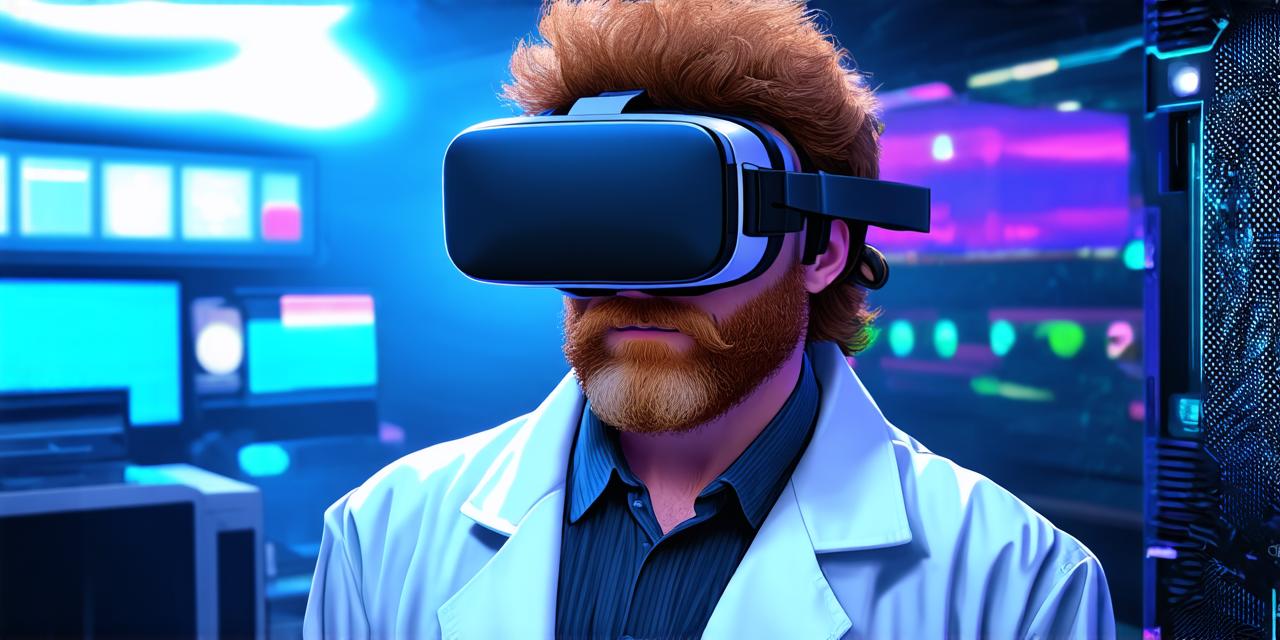What is Virtual Reality?
Virtual reality (VR) is a computer-generated simulation of a 3D environment that can be interacted with using specialized devices such as headsets, gloves, or controllers. These devices track the movement of the user and adjust the virtual world accordingly, allowing them to experience a fully immersive environment. VR has been used in various fields such as gaming, education, healthcare, and training.
Why Virtual Reality is Possible for You
Virtual reality is becoming more accessible to individuals and businesses due to several factors:
-
Advancements in Technology: Over the years, technology has advanced significantly, making it possible to create highly immersive virtual environments that are indistinguishable from reality. This is largely due to improvements in hardware such as powerful processors, high-resolution displays, and sophisticated sensors that can track movement accurately.
-
Cost of Devices: The cost of VR devices has decreased significantly over the years, making it possible for individuals and businesses to purchase them at an affordable price. This is largely due to competition among manufacturers and advancements in manufacturing processes.
-
Accessibility: Virtual reality can be accessed from almost anywhere with an internet connection, making it possible for people to experience immersive environments regardless of their location.
-
Increasing Demand: The demand for virtual reality is increasing as more people recognize its potential in various fields such as gaming, education, healthcare, and training. This has led to increased investment in VR technology and development.
How to Get Started with Virtual Reality Development
Getting started with virtual reality development can be overwhelming, but with the right tools and resources, it’s possible to create immersive experiences that engage and delight users. Here are some steps to get you started:
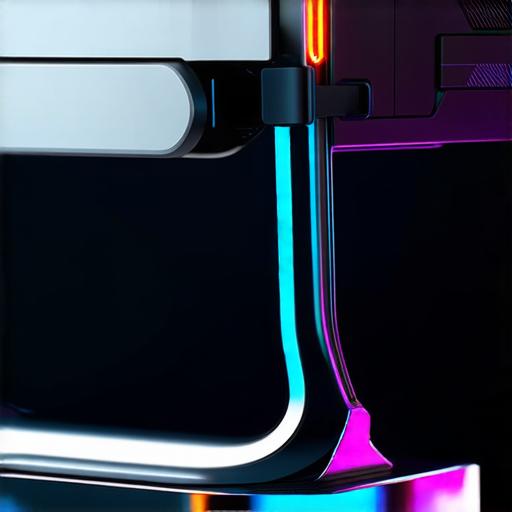
-
Choose a Development Platform: There are several VR development platforms available such as Unity, Unreal Engine, A-Frame, and WebVR. Each platform has its strengths and weaknesses, so it’s important to choose one that fits your needs and skill level.
-
Learn the Basics of Virtual Reality Programming: Learning the basics of VR programming is essential for creating immersive experiences. This includes understanding how to create 3D models, write scripts, and integrate VR controllers into your application. There are several online tutorials and courses available that can help you get started.
-
Create a Prototype: Creating a prototype of your VR application is essential for testing and refining your ideas. This allows you to see how users interact with your application and make necessary changes before launching it.
-
Test and Refine: Testing and refining your VR application is crucial for creating an engaging and immersive experience. You should test your application on multiple devices and platforms to ensure that it works seamlessly and provides a positive user experience.
-
Launch Your Application: Once you’ve tested and refined your VR application, it’s time to launch it. There are several ways to launch your application such as submitting it to the app store or hosting it on your website.
Real-Life Examples of Virtual Reality Applications
Virtual reality has been used in various fields such as gaming, education, healthcare, and training. Here are some real-life examples of VR applications:
-
Gaming: Virtual reality gaming has become increasingly popular, with games such as Beat Saber, Resident Evil 7, and Half-Life: Alyx providing immersive and engaging experiences for players.
-
Education: Virtual reality has been used in education to provide students with immersive learning experiences. For example, the Google Expeditions app allows students to take virtual field trips to museums, historical sites, and other locations around the world.
-
Healthcare: Virtual reality has been used in healthcare to provide patients with immersive therapy experiences.
